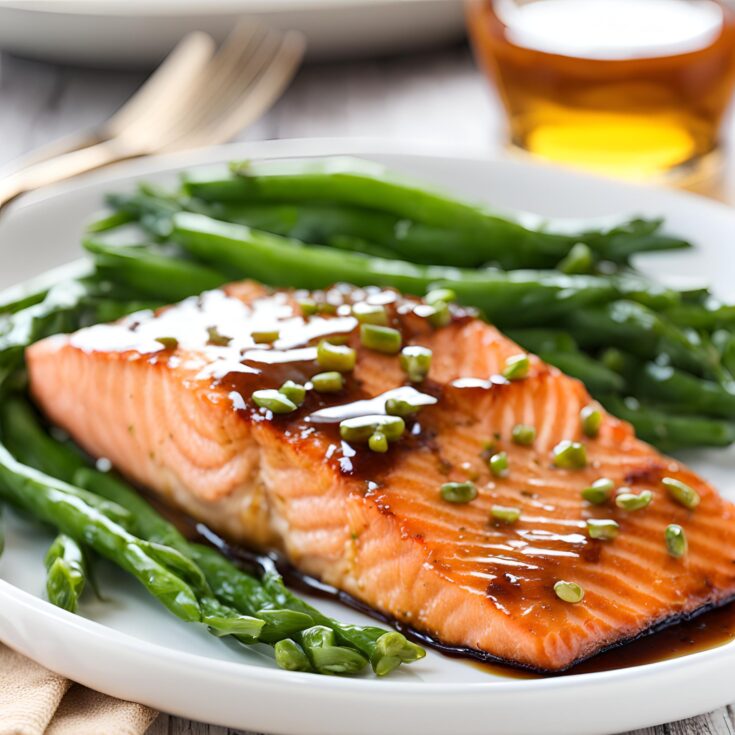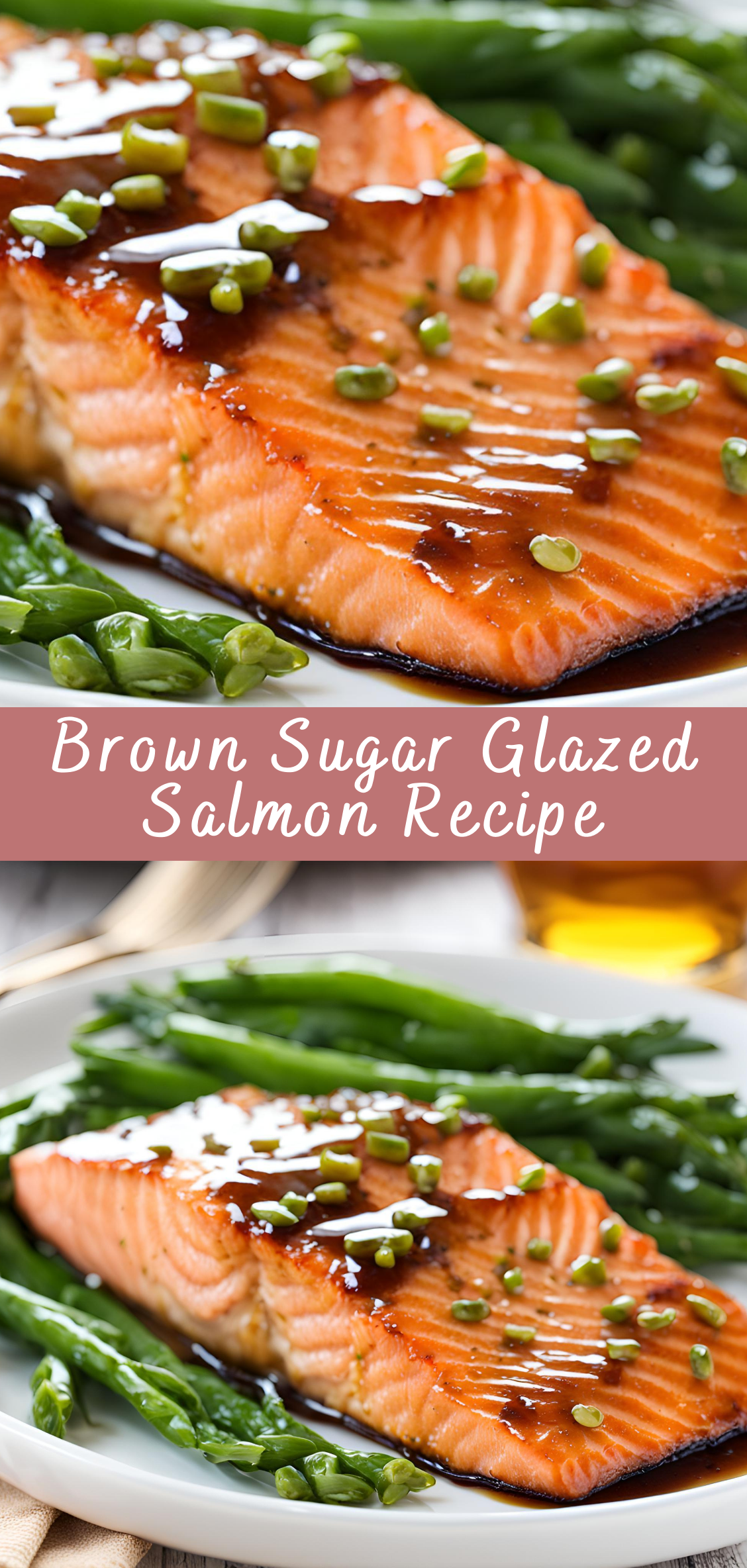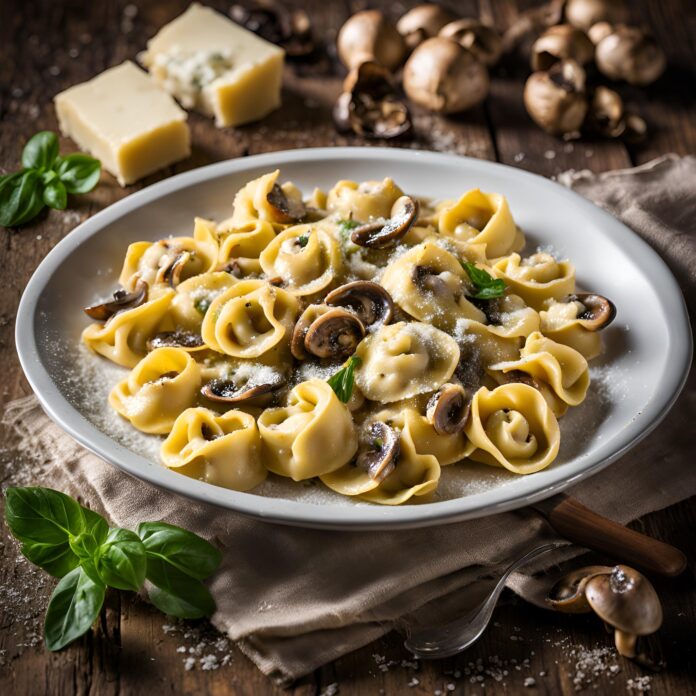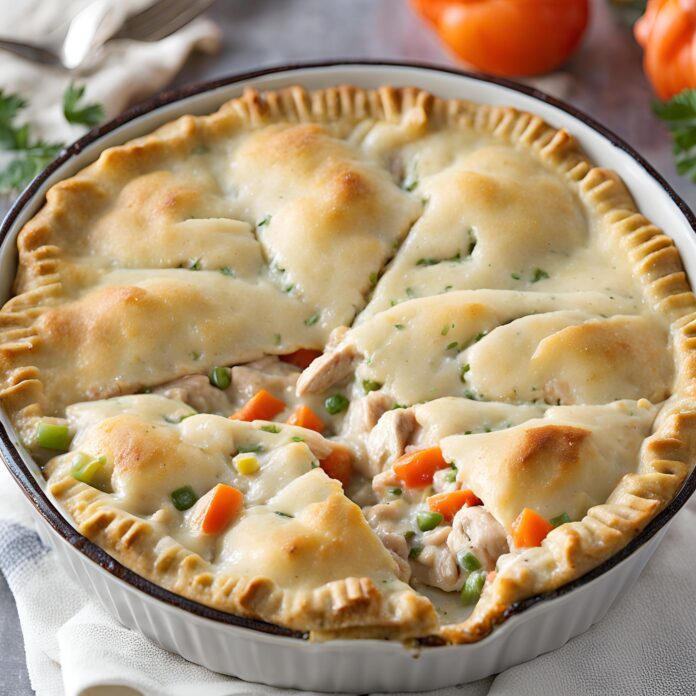Brown Sugar Glazed Salmon Recipe
Salmon, with its delicate flavor and buttery texture, is one of the most versatile fish in the culinary world. When paired with a sweet and savory glaze, it transforms into a dish that is both delicious and visually stunning. One of the most popular ways to prepare salmon is with a brown sugar glaze. The sweetness of the brown sugar caramelizes as it cooks, creating a rich, glossy coating that complements the natural flavors of the salmon.

The Brown Sugar Glazed Salmon recipe is not only easy to make but also packed with flavor. The glaze combines the sweetness of brown sugar with the tanginess of soy sauce, the warmth of garlic, and a touch of acidity from lemon or vinegar. This combination creates a perfect balance between savory and sweet, making it a delightful dish for both family dinners and special occasions.
This recipe focuses on pan-searing the salmon, but the glaze can also be used for grilling or baking the fish, depending on your preference. In this comprehensive guide, we will walk you through every step of preparing this dish, including ingredient details, preparation methods, tips, and serving suggestions.
Variations and Customizations:
While this recipe is a classic, there are many ways to modify it to suit different tastes or dietary needs.
1. Spice it Up:
- Add a pinch of cayenne pepper or a few slices of fresh chili to the glaze for a spicy kick. If you prefer a more balanced heat, try sriracha sauce or harissa paste mixed into the glaze for a unique twist.
2. Use Maple Syrup:
- For a more natural sweetener, you can substitute maple syrup for the brown sugar. Maple syrup will provide a different flavor profile that is still sweet but with a rich, smoky undertone.
3. Add Citrus:
- If you love citrus flavors, add a bit of fresh orange juice or lime juice to the glaze for a bright, zesty touch. Orange pairs particularly well with salmon.
4. Cook on the Grill:
- For a smoky grilled flavor, you can prepare this brown sugar glazed salmon on a grill instead of a stovetop pan. Preheat the grill to medium-high heat, and brush the salmon with glaze before grilling, turning the fillets halfway through to ensure even cooking.
5. Make it Low-Sodium:
- To reduce the sodium content, use low-sodium soy sauce or a coconut aminos substitute for soy sauce in the glaze.
Serving Suggestions:
This Brown Sugar Glazed Salmon is a versatile dish that pairs wonderfully with a variety of sides. Here are a few ideas:
1. Sides to Serve with Brown Sugar Glazed Salmon:
- Garlic Mashed Potatoes: Creamy mashed potatoes seasoned with garlic and butter make a perfect match for the sweet and savory salmon.
- Roasted Vegetables: Roasted carrots, Brussels sprouts, or broccoli are excellent side dishes that provide a savory contrast to the sweet glaze on the fish.
- Rice Pilaf: A simple rice pilaf with toasted almonds or wild rice complements the richness of the salmon.
- Grilled Asparagus: Lightly grilled asparagus with a squeeze of lemon offers a fresh, slightly charred flavor that pairs perfectly with the salmon.
2. Salads:
- Arugula Salad: An arugula salad with balsamic vinegar and shaved Parmesan offers a fresh and peppery contrast to the rich salmon.
- Cucumber and Avocado Salad: A light, refreshing cucumber and avocado salad with a simple vinaigrette balances the richness of the fish.
3. Drinks to Pair with Brown Sugar Glazed Salmon:
- White Wine: A crisp, dry white wine such as Chardonnay or Pinot Grigio pairs well with the richness of the salmon and the sweetness of the glaze.
- Rosé: A chilled glass of dry Rosé will enhance the dish’s flavors, providing a refreshing complement to the sweet and savory profile of the salmon.
- Beer: For a casual touch, try a light pale ale or a citrus-infused wheat beer, both of which pair well with the sweetness of the salmon.
Nutritional Information:
Brown Sugar Glazed Salmon is a nutritious and well-balanced meal. Here’s a general breakdown of the key nutritional benefits of this dish:
- Protein: Salmon is an excellent source of high-quality protein, providing all the essential amino acids your body needs for muscle growth and repair.
- Omega-3 Fatty Acids: Salmon is rich in omega-3 fatty acids, which are essential for heart health, reducing inflammation, and promoting brain function.
- Vitamins and Minerals: Salmon contains important nutrients such as vitamin D, vitamin B12, selenium, and iodine, all of which contribute to overall health.
- Calories: The calories in this dish will vary depending on portion sizes and the exact ingredients used. On average, one serving of brown sugar glazed salmon with the glaze will have around 350-450 calories, depending on how much glaze is used.
Additional Tips for Success
To ensure that your Brown Sugar Glazed Salmon turns out perfectly every time, here are some expert tips and tricks that can help elevate the dish and make your cooking experience even more enjoyable.
1. Selecting the Right Salmon
The quality of the salmon plays a significant role in the overall taste of the dish. Here are a few tips on selecting the best salmon:
- Fresh vs. Frozen Salmon: While fresh salmon is always ideal, frozen salmon can be just as good if properly handled. If using frozen, be sure to thaw the fish slowly in the refrigerator to avoid compromising the texture. Always check the smell—fresh salmon should smell like the ocean, not fishy.
- Skin-on or Skinless: Skin-on salmon is a great option as the skin helps to keep the fish moist during cooking and adds texture when crisped up in the pan. If you prefer skinless salmon, it will still work well with the glaze, though you’ll need to be a bit more mindful of not overcooking the fillets.
- Wild-Caught vs. Farmed Salmon: Wild-caught salmon tends to have a firmer texture and a richer, more complex flavor. However, it can be more expensive. Farmed salmon, though milder, can also work well in this recipe and is more readily available and often more affordable. Choose the best quality available to you.
2. Cooking Methods and Variations
While pan-searing the salmon is a quick and delicious way to cook this dish, there are other methods that can be used depending on your preferences or equipment available. Here’s a breakdown of the different methods:
- Grilling: Grilling salmon infuses it with a smoky flavor that pairs wonderfully with the brown sugar glaze. Preheat your grill to medium-high heat, and brush the salmon with the glaze before placing it on the grill. Grill the fillets for 4-5 minutes per side, depending on the thickness of the fish. For extra flavor, you can place the fish on a cedar plank to prevent it from drying out.
- Baking: Baking the salmon is a hands-off approach that can produce tender and evenly cooked fillets. Preheat the oven to 375°F (190°C). Place the seasoned salmon fillets on a baking sheet lined with parchment paper or aluminum foil. Brush them with the brown sugar glaze and bake for 12-15 minutes or until the internal temperature reaches 125°F (52°C). You can broil the salmon for the last 1-2 minutes for a crispy, caramelized finish.
- Broiling: If you prefer a crispy, charred top on your glazed salmon, broiling is the way to go. Preheat your broiler and set the oven rack about 4-6 inches from the heat. Place the salmon fillets on a foil-lined baking sheet, brush them with the brown sugar glaze, and broil for 4-6 minutes. Keep a close eye on the salmon to prevent burning, and turn off the broiler once the glaze has caramelized to a beautiful golden-brown.
3. Adjusting Sweetness and Tanginess
The sweetness of the brown sugar and the acidity of the vinegar create a perfect balance, but you can always adjust these elements based on your taste preferences. If you find the glaze too sweet, you can reduce the amount of brown sugar or substitute it with a different sweetener such as honey or maple syrup, both of which have a more subtle sweetness.
For added tanginess, consider increasing the amount of balsamic vinegar or adding a bit of fresh lemon juice. A splash of lime juice can also add a refreshing citrus note that pairs well with the richness of the salmon.
4. Make-Ahead Tips
This recipe is excellent for meal prep or making ahead, as both the salmon and the glaze can be prepared in advance:
- Brown Sugar Glaze: You can prepare the glaze up to 3 days ahead of time. Just store it in an airtight container in the fridge. When you’re ready to use it, heat it up on the stove over low heat, stirring until it becomes liquid again.
- Salmon: While fresh salmon is best when cooked right away, you can marinate the salmon in the brown sugar glaze for 15-30 minutes before cooking. This allows the flavors to penetrate the fish, making it even more flavorful. If you need to prep the salmon in advance, marinating overnight in the fridge can work as well, though it may slightly alter the texture. Always make sure to bring the salmon to room temperature before cooking for even cooking results.
5. Garnishing and Presentation
When it comes to making your Brown Sugar Glazed Salmon look as good as it tastes, presentation is key. A few simple touches can take your dish to the next level:
- Herb Garnishes: Fresh herbs, such as parsley, cilantro, or basil, can add a vibrant color contrast to the rich salmon. A sprinkle of freshly chopped herbs before serving gives the dish a fresh, aromatic flavor boost.
- Lemon or Lime Wedges: A wedge of lemon or lime on the side allows your guests to squeeze some fresh citrus juice over the salmon for an added burst of brightness. This works particularly well if you’ve added citrus to the glaze or seasoning.
- Sesame Seeds: For an extra touch of flavor and texture, garnish the salmon with a sprinkle of toasted sesame seeds or sesame oil. This adds a subtle nutty flavor and a delicate crunch.
- Plating: Serve the salmon on a large plate with sides such as rice or roasted vegetables. Arrange everything artfully, using the salmon as the focal point and surrounding it with complementary sides. A light drizzle of remaining glaze over the sides will tie the plate together visually.
The Nutritional Benefits of Brown Sugar Glazed Salmon
Salmon is renowned for its health benefits, and when paired with a brown sugar glaze, it transforms into a dish that provides not just delicious flavor but also valuable nutrients. Here’s a closer look at the nutritional benefits:
- Rich in Omega-3 Fatty Acids: Salmon is one of the best sources of omega-3 fatty acids, which are essential for brain health, heart health, and reducing inflammation. Consuming omega-3s can also lower the risk of chronic diseases such as cardiovascular disease and arthritis.
- High-Quality Protein: Salmon is an excellent source of protein, which is important for muscle building, immune system function, and the repair of tissues. A 6-ounce serving of salmon contains about 30 grams of protein.
- Vitamin D: Salmon is one of the few foods that naturally provide vitamin D, which is important for bone health and immune function. It’s especially beneficial during the winter months when sunlight exposure may be limited.
- Vitamins B12 and B6: These B vitamins are crucial for energy production, red blood cell formation, and brain health. They also help your body convert food into energy and support nervous system function.
- Selenium: Salmon is a great source of selenium, an essential mineral that acts as a powerful antioxidant and supports thyroid function.
- Low in Carbs: This dish is naturally low in carbohydrates, making it a suitable option for those on low-carb or ketogenic diets. While the glaze contains a bit of sugar, you can reduce it or substitute with other sweeteners to further reduce the carb content if desired.
Why You’ll Love Brown Sugar Glazed Salmon
Brown Sugar Glazed Salmon is the perfect combination of sweet, savory, and smoky, offering a delicious and elegant meal that’s easy enough for a weeknight dinner but impressive enough for a special occasion. The crispy caramelized glaze and tender salmon fillets come together in harmony, making this dish a crowd-pleaser.
Not only does it taste amazing, but it also provides significant nutritional benefits. Packed with healthy fats, protein, and essential vitamins, it’s a meal you can feel good about serving to your family or guests. Plus, the recipe’s versatility—whether you choose to pan-sear, bake, or grill the salmon—ensures that you can prepare it in whatever way fits your style and kitchen equipment.
Whether you’re looking for a quick dinner solution, a light yet flavorful meal, or a dish to impress at your next gathering, Brown Sugar Glazed Salmon is the answer. Try it out, adjust the flavors to suit your taste, and enjoy a meal that’s both indulgent and nutritious!
Brown Sugar Glazed Salmon is an elegant yet simple dish that brings together the richness of salmon with the perfect balance of sweet, savory, and tangy flavors. Whether you’re cooking for a special occasion or preparing a weeknight dinner, this recipe is sure to impress. With its versatility in flavors and cooking methods, this dish can be customized to suit your preferences, making it a family favorite.
The caramelized brown sugar glaze enhances the natural flavors of the fish, while the simplicity of the recipe ensures it’s easy enough for anyone to prepare. By experimenting with different variations, you can make this dish your own and elevate your home cooking to a new level.
Brown Sugar Glazed Salmon Recipe

Salmon, with its delicate flavor and buttery texture, is one of the most versatile fish in the culinary world. When paired with a sweet and savory glaze, it transforms into a dish that is both delicious and visually stunning. One of the most popular ways to prepare salmon is with a brown sugar glaze. The sweetness of the brown sugar caramelizes as it cooks, creating a rich, glossy coating that complements the natural flavors of the salmon.
Ingredients
- For the Salmon:
- 4 salmon fillets (6 oz each, skin-on or skinless, depending on preference)
- 1 tablespoon olive oil (or another neutral oil like vegetable oil)
- Salt and freshly ground black pepper, to taste
- Lemon wedges, for serving (optional)
- For the Brown Sugar Glaze:
- 1/4 cup brown sugar (packed, light or dark)
- 2 tablespoons soy sauce (or tamari for gluten-free option)
- 2 tablespoons Dijon mustard (or whole grain mustard for added texture)
- 2 cloves garlic, minced (optional for an extra layer of flavor)
- 1 tablespoon balsamic vinegar (or apple cider vinegar for a milder flavor)
- 1 tablespoon olive oil
- 1 teaspoon fresh ginger, grated (optional for added warmth)
- 1/2 teaspoon smoked paprika (optional, for a smoky depth)
- 1/4 teaspoon red pepper flakes (optional for a touch of heat)
- Fresh parsley or cilantro, chopped for garnish (optional)
Instructions
Step-by-Step Instructions:
Step 1: Prepare the Salmon Fillets
- Thaw the Salmon (if frozen):
- If you're using frozen salmon fillets, make sure to thaw them completely before cooking. The best way to do this is by placing them in the refrigerator overnight. If you're short on time, you can thaw them under cold running water for about 15-20 minutes.
- Pat the Salmon Dry:
- Use a paper towel to pat the salmon fillets dry. This will help the glaze adhere better and prevent excess moisture during cooking.
- Season the Salmon:
- Lightly season both sides of the salmon fillets with salt and freshly ground black pepper. The seasoning will enhance the natural flavors of the fish and complement the sweetness of the glaze.
Step 2: Prepare the Brown Sugar Glaze
- Combine the Glaze Ingredients:
- In a small bowl or saucepan, whisk together the brown sugar, soy sauce, Dijon mustard, minced garlic, balsamic vinegar, olive oil, ginger (if using), smoked paprika (if using), and red pepper flakes (if using). Make sure the brown sugar is completely dissolved and all ingredients are well combined.
- Heat the Glaze:
- If you’re using a saucepan, bring the mixture to a simmer over medium heat. Let it cook for 3-5 minutes, stirring occasionally, until the glaze thickens slightly and becomes syrupy. Be careful not to burn the sugar. If you're using a bowl and microwaving the glaze, heat it for 30 seconds at a time, stirring in between, until it has thickened.
Step 3: Cook the Salmon
- Heat the Pan:
- Heat a large skillet or frying pan over medium-high heat. Add 1 tablespoon of olive oil and let it heat until shimmering but not smoking. You can use a non-stick pan for easier cleanup or a stainless steel skillet for a crispier crust.
- Sear the Salmon:
- Place the salmon fillets, skin-side down if they have skin, into the hot pan. Cook without moving the fish for about 4-5 minutes, depending on the thickness of the fillets. The fish should develop a golden-brown crust on the bottom.
- Flip the Salmon:
- Using a spatula, carefully flip the fillets over and cook for an additional 3-4 minutes on the other side. If the fillets are particularly thick, you may need to cook them for an extra minute or two. The internal temperature should reach 125°F (52°C) for medium doneness.
- Brush the Glaze on the Salmon:
- During the last minute of cooking, brush the salmon fillets generously with the brown sugar glaze. Allow it to caramelize slightly on the surface. You can also pour a little glaze into the pan to enhance the flavor as it cooks.
Step 4: Serve and Garnish
- Plate the Salmon:
- Once the salmon is cooked, transfer the fillets to serving plates. If you prefer, you can serve the salmon with rice, roasted vegetables, or a fresh salad.
- Garnish:
- Drizzle any remaining glaze over the salmon fillets for extra flavor. Garnish with freshly chopped parsley or cilantro and a wedge of lemon for a fresh burst of citrus.
- Serve:
- Serve the brown sugar glazed salmon immediately while hot, and enjoy the balance of sweet, savory, and slightly smoky flavors.
Notes
Salmon Selection:
For the best flavor and texture, opt for wild-caught salmon if possible. Wild-caught salmon tends to have a richer flavor and firmer texture than farmed salmon. If wild-caught salmon isn't available, farmed salmon will still work well for this recipe.
If you're using skin-on salmon fillets, you may want to remove the skin after cooking if it’s not desired. The skin will crisp up during cooking, adding a different texture, which some people enjoy, but it’s totally optional.
Soy Sauce Substitutions:
If you need a gluten-free option, use tamari instead of regular soy sauce. Coconut aminos is another soy-free, gluten-free alternative with a similar flavor.
If you prefer a lower-sodium option, use low-sodium soy sauce or coconut aminos for a healthier alternative.
Sugar Variations:
While brown sugar is the traditional choice for the glaze, you can experiment with maple syrup or honey for a different flavor profile. Each of these sweeteners will provide a slightly different sweetness level and texture to the glaze.
Cooking Method Options:
While the pan-searing method is quick and effective, you can also grill the salmon or cook it in the oven. To grill, preheat your grill to medium-high heat and cook the salmon for 3-4 minutes per side, brushing with glaze as you go. If baking, preheat your oven to 400°F (200°C), place the salmon on a baking sheet, and bake for about 12-15 minutes, glazing halfway through.
Sweetness Level:
If you prefer a less sweet glaze, you can reduce the amount of brown sugar to 2 tablespoons, or substitute half of the sugar with a different sweetener like Stevia or Monk Fruit for a lower-calorie version.
Serving Size:
This recipe is ideal for 4 servings (1 fillet per person). If you need to scale it up or down, simply adjust the ingredients accordingly. For example, use 1/2 cup of brown sugar and 1/4 cup of soy sauce for 8 servings.
Vegetarian or Vegan Options:
While this recipe is designed for salmon, you can make a similar glaze and use it for tofu or other plant-based proteins. For tofu, press out excess moisture and cube it before searing in a pan. The glaze will work wonderfully to add flavor.
Wine Pairing:
A crisp white wine like Chardonnay or Pinot Grigio pairs beautifully with this dish. The acidity and fruitiness of the wine balance the sweetness of the brown sugar glaze. If you prefer red wine, a light Pinot Noir or a Zinfandel would work well due to their mild tannins and berry notes.
Garnishes:
Garnishing the salmon with fresh herbs like parsley, cilantro, or basil adds a burst of color and a fresh contrast to the rich, sweet glaze. Lemon wedges on the side add an extra zesty flavor, allowing diners to squeeze some citrus over their fish to brighten the dish.
Additional Glaze Tips:
For a thicker glaze, let the sauce simmer for a few extra minutes until it reduces to a syrupy consistency. You can also drizzle the glaze over the salmon after plating it for a beautiful, glossy finish.
If you like extra flavor, consider adding a small amount of chili sauce or sriracha to the glaze for a spicy kick. The heat will complement the sweetness and bring another layer of depth to the dish.
Dietary Considerations:
This recipe is naturally low-carb and gluten-free (if using tamari or coconut aminos), making it suitable for various dietary preferences.
For a keto version, use a sugar substitute such as erythritol or monk fruit in place of brown sugar to reduce carbs.



